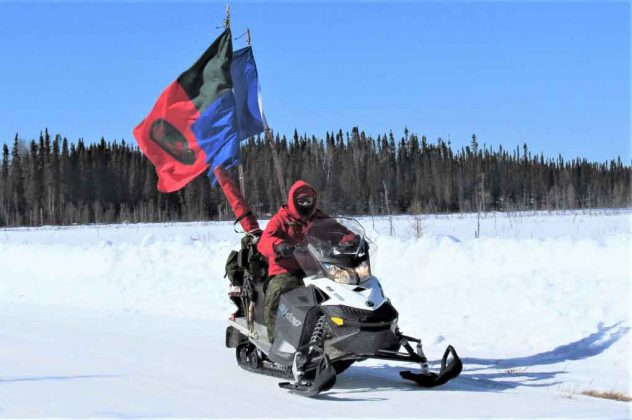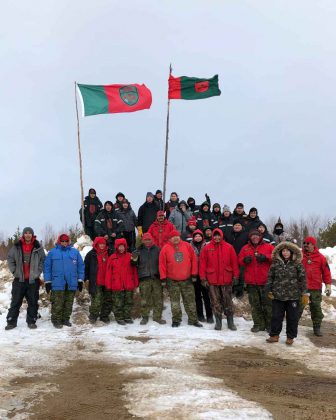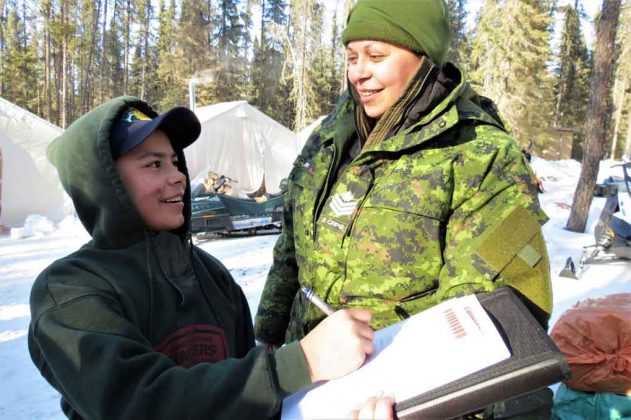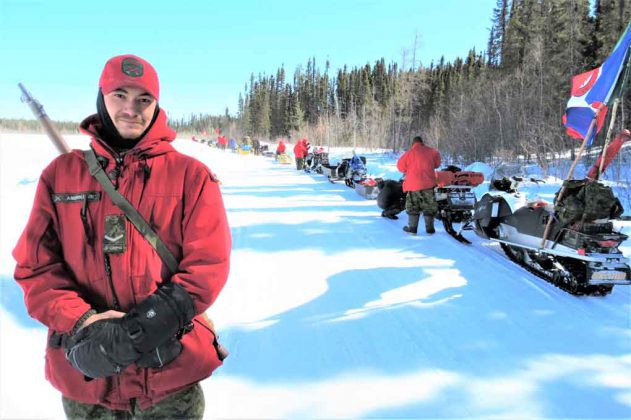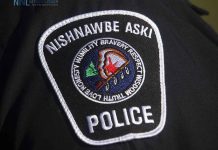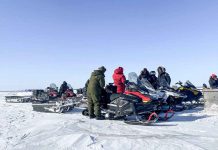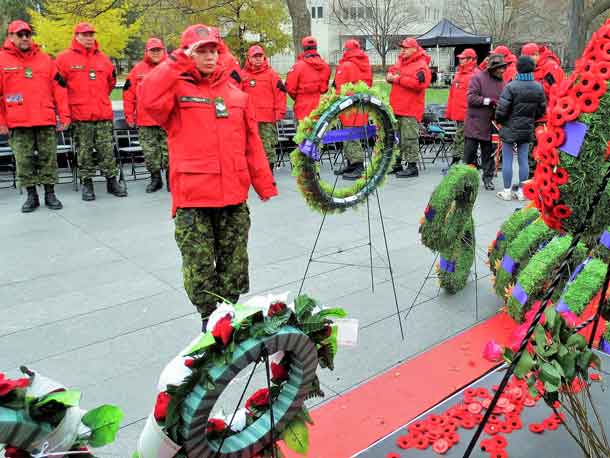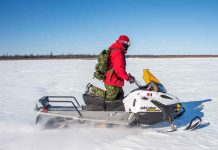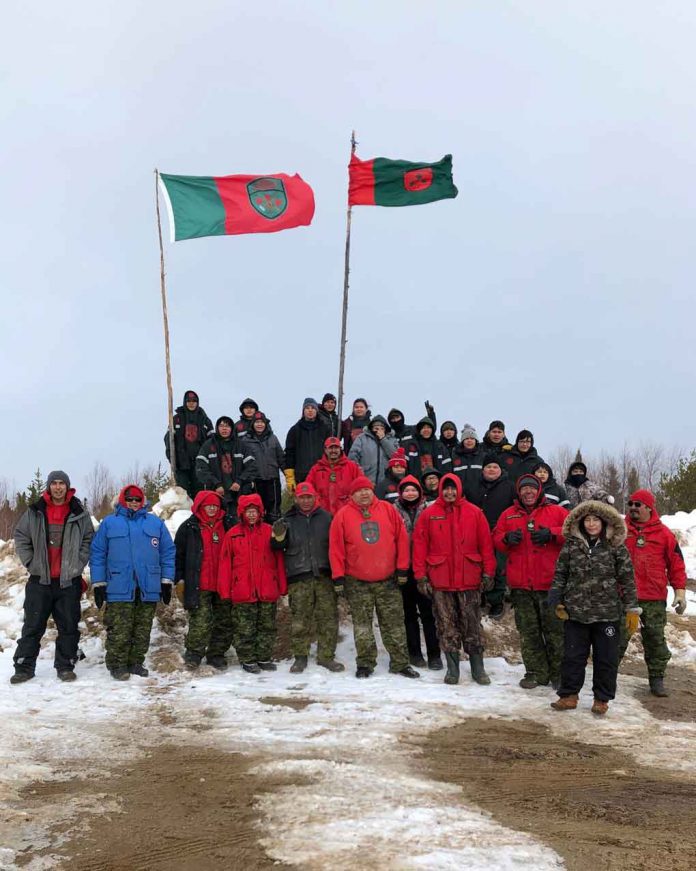
By Peter Moon
KASHECHEWAN – Canadian Rangers are completing a series of training exercises across the Far North of Ontario.
The five regional exercises involve more than 100 Rangers from 22 First Nations and are being conducted in eight locations.
“I’m proud of all that the Rangers are doing in these exercises,” said Major Charles Ohlke, the officer commanding the 640 Rangers in Northern Ontario. “I’m impressed by both their turn out and by all they’re accomplishing in them. The exercises are focused on winter survival and mobility, as well as training with the C-19, the new Ranger rifle.”
A key feature of the exercises is territorial surveillance patrols in which Rangers travel by snowmobile while “looking for all sorts of things,” Major Ohlke said. “They can be signs of unusual activity, such as environmental issues or unauthorized mining activity. If they see something of concern we pass that information on to the appropriate authorities.”
In addition, the exercises provide the Rangers, who are part-time army reservists, with training in ice rescue and how to build emergency shelters.
Junior Canadian Rangers (JCRs) from three communities were included in two of the exercises. They learned camp routine, emergency shelter building, chain saw safety and fishing with nets under ice and through holes cut in the ice. “It was great to see JCRs learning and having fun,” said Warrant Officer Nicholas Luhtanen, an army instructor. The Junior Rangers is a culturally appropriate army program for boys and girls aged 12 to 18. There are more than 1,000 Junior Rangers in Northern Ontario.
The training exercises allow Rangers from different communities to train together and learn from each other. They also allow less experienced Rangers to practice their leadership skills. “It allows them to take a position of command, organize a patrol, and lead it in the field,” Major Ohlke said.
One Ranger who became a patrol commander for a day was Ranger Quinton Anishinabie, a 21-year-old from Sandy Lake, who was part of a group of Rangers from four First Nations who trained near Muskrat Dam. The Rangers in the group were from Muskrat Dam, North Caribou Lake, Sachigo Lake, and Sandy Lake. Ranger Anishinabie, a former Junior Ranger, was tasked with organizing and commanding a 20-member surveillance patrol to Maguss Lake, 50 kilometres from Muskrat Dam.
“I was nervous,” he said. “I’ve never been a patrol commander before. I’ve never had to tell people what to do and how to do it. But it was a good experience. We took seven Junior Rangers with us and we showed them how to ice fish on the lake. I’ve never done anything like it before and I learned from it.”
Commanding the patrol was the second of two major experiences during his two years as a Ranger. In the spring of 2018, he flew 800 kilometres with other Rangers from Sandy Lake to assist Rangers from three other First Nations when the ice-jammed Albany River threatened to overflow and flood the remote Cree community of Kashechewan. The Rangers helped evacuate 1,700 of Kashechewan’s residents on military and civilian aircraft.
“You learn from these experiences,” he said. “I learned from Kashechewan. On this exercise, we went to Bearskin Lake and we patrolled all around Muskrat. I am glad I’ve done it. One day I think I’d like to be a master corporal or sergeant.”
(Sergeant Peter Moon is the public affairs ranger for the 3rd Canadian Ranger Patrol Group at Canadian Forces Base Borden.)

